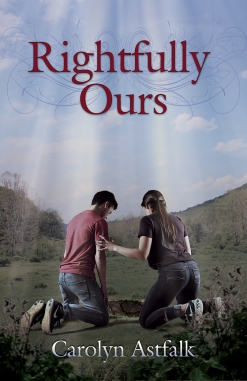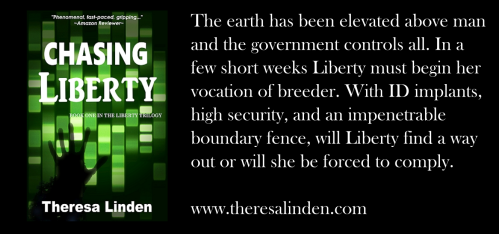
“R” is for Research
Love it or hate it, every writer needs to do it. Whether writing fiction or non-fiction, your book can benefit from research. Since the research aspect is obvious for non-fiction, and I don’t write non-fiction anyway, this blog will focus on researching for fiction.
Ideas for Research
Characters – we want our characters to have unique talents, interests, and abilities, but we also want them to be realistic.
Got a child in your story but no child at home to base him on? Visit family or friends or even the library. Pay attention to the unique speech, mannerisms, interests, and interactions of children of different ages.
Got a teen in your story? Head out to the mall for some people watching! Pay attention to clothing styles and jewelry, along with the unique way each teen’s personality shows through body language and verbal communication.
For adult characters, consider people in your family or workplace and note different characteristics, personality quirks, and manners of speech that might work for a character in your book. Warning: don’t create a character that resembles a real person too closely if the person might take offense.
 I modeled Toby Brandt in Roland West, Loner on my oldest son, who has autism. This character captures the personality and interests of my son at age 8 or 9, including his manner of speech and interesting behaviors and obsessions. And even some of the story conflict. While every child with autism is unique, I hope that people will find Toby a realistic character.
I modeled Toby Brandt in Roland West, Loner on my oldest son, who has autism. This character captures the personality and interests of my son at age 8 or 9, including his manner of speech and interesting behaviors and obsessions. And even some of the story conflict. While every child with autism is unique, I hope that people will find Toby a realistic character.
Setting – long, detailed passages of weather or setting descriptions will bore our readers, but we need enough details to allow them to picture the setting in their minds.
When possible, go on location to gather details. Go into the woods, warehouses, wilderness, or wherever your scene takes place. Take a notebook and focus on all five senses. When you can’t go on location or you want even more ideas, use the research of other writers, for example try the Setting Thesaurus on the Writers Helping Writers website.
I will share another favorite resource for setting details on the “V” blog next week.
Story ideas – these can come from anywhere and go in any direction but getting a few facts can go a long way in making a story feel believable. We don’t want readers to be thrown out of our story world because something doesn’t ring true.
 In Carolyn Astfalk’s new release, Rightfully Ours, sixteen-year-old Paul Porter relocates to Pennsylvania during his dad’s deployment. He makes a temporary home with the Muellers and develops a friendship with Rachel, the Muellers’ teenage daughter. Their abiding friendship deepens as they work side by side to uncover what could be lost treasure.
In Carolyn Astfalk’s new release, Rightfully Ours, sixteen-year-old Paul Porter relocates to Pennsylvania during his dad’s deployment. He makes a temporary home with the Muellers and develops a friendship with Rachel, the Muellers’ teenage daughter. Their abiding friendship deepens as they work side by side to uncover what could be lost treasure.
Author Carolyn Astfalk wanted to get her facts straight with this story so she researched sink holes (where and how they happen and how you rescue someone from one). She also researched how custody of a minor is handled when a single parent is deployed. And, she had to research how gold bars are authenticated.
Her hard work researching for this story makes it all the more believable and allows readers to truly immerse themselves in the romantic and adventure-filled story line. The e-book is available on Amazon and the paperback is coming soon. You can check out the book trailer here.

The ideas for my dystopian trilogy came directly from the news. Governments too often step on the rights of the individual. Scientific and technological developments often cross ethical boundaries. And special interest groups attempt to indoctrinate us in order to push hidden agendas.
Because this trilogy is set in the near future, I did an incredible amount of online research into actual ideologies that influence world governments, the latest scientific developments, and cutting-edge technology. Unlike some dystopian stories, nothing that happens in this trilogy is that farfetched. If we don’t reclaim our culture and cling to faith, family, and freedom, this is a real possibility for our future.
The more I learned from research, the more I realized I needed to write this dystopian story. I only meant to write one book and get back to my other stories. I wanted to end Chasing Liberty showing a seed of change being planted. But I couldn’t stop thinking about it. What exactly is this freedom we should be fighting for? And how can one person make a difference?
This trilogy is available through most online booksellers and you can find the book trailers on my website.
What type of research have you done for your stories and what are your favorite resources?


Thanks for including Rightfully Ours! I like a little research but am a little intimidated by the amount of research that will be required for the historical novel I have in mind.
LikeLike